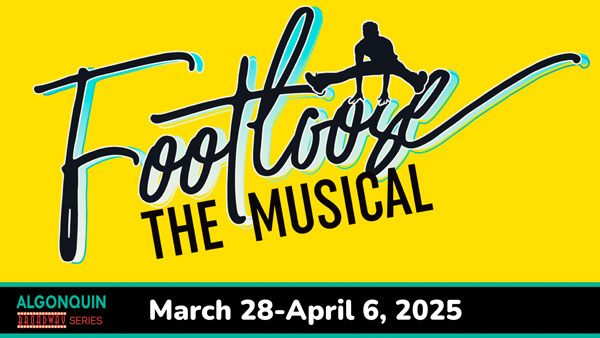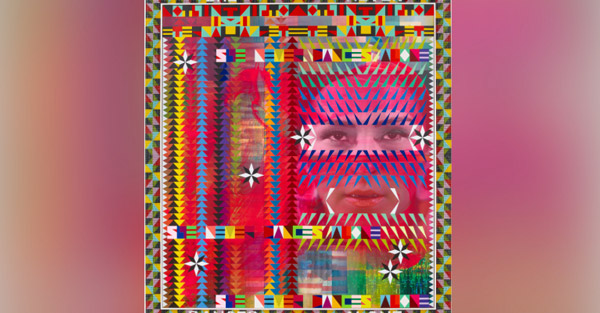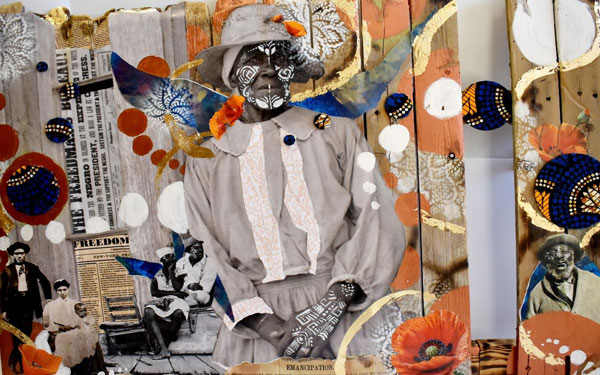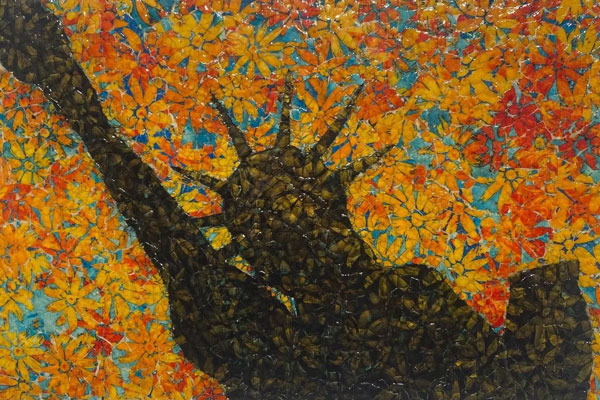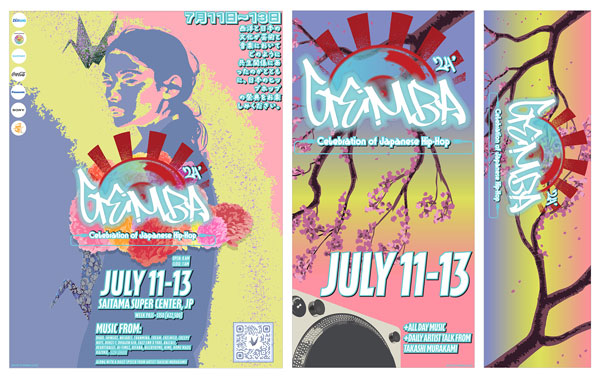By Shen Shellenberger, JerseyArts.com
originally published: 03/04/2021
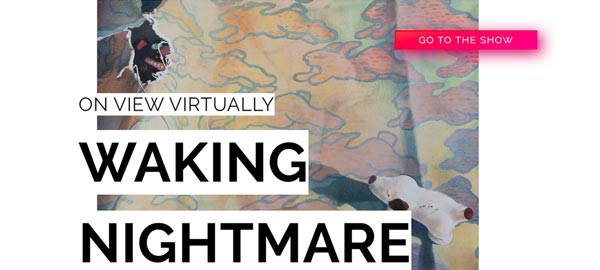
A nightmare, according to Merriam-Webster, is an unpleasant dream that produces a feeling of anxiety or terror, and a waking nightmare, as the phrase suggests, is one that continues to evoke those feelings even when the dreamer is awake. Or, more colloquially, it means that real-life situations are akin to those in nightmares.
Whether nightmares occur when we are awake or sleeping, the response to these unreal but troubling experiences often has a powerful, lasting effect.
This long-term impact is what Nancy Maguire, Associate Director of Exhibitions at Rutgers-Camden Center for the Arts, had in mind when she decided to mount the current exhibition, “Waking Nightmare.”
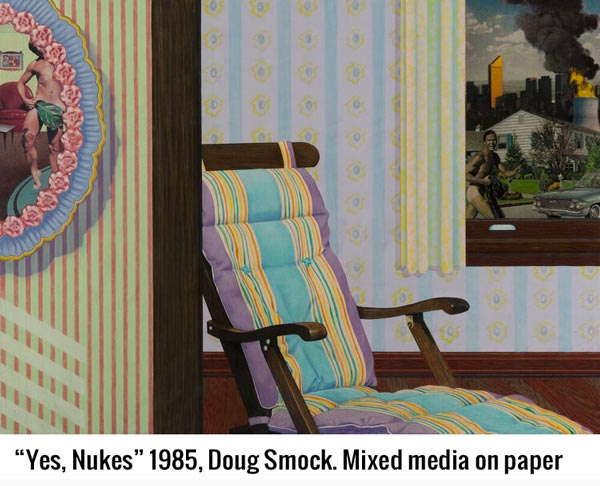
“Waking Nightmare” shows works that Maguire selected from the Rutgers-Camden Collection of Art, and although the works were created at different times amid different circumstances, the images, sentiments, and feelings are nonetheless relevant to the situation brought on by the pandemic.
Maguire came up with the idea for this show last summer, but with the uncertainty about when the gallery might open to the public, she chose to use works from the university’s art collection.
“The objects were right here,” she said, “and images of all the works are available.” And because of her deep knowledge of the collection, Maguire was able to mentally visualize the exhibition.
“I am very familiar with the collection; I have worked with it for 30 years,” Maguire said. “So, as I was considering themes and ways to illustrate them, I immediately thought of particular works from the collection.”
With so many works from which to choose, Maguire found it useful to come up with a few broad-stroke categories – ones that speak less to real situations and more directly to the emotional outcomes that result from living in an anxious time.
The themes include environmental, social, political, religious, and just things that are unseen, unknown, or “just horrendous.”
Preparation continued through June, July, and August, and “an actual exhibition” was installed. But the fluidity of COVID-related restrictions made it hard to confirm plans.
“We set an opening date for September,” Maguire said, “but then had to wait and see what would happen.”
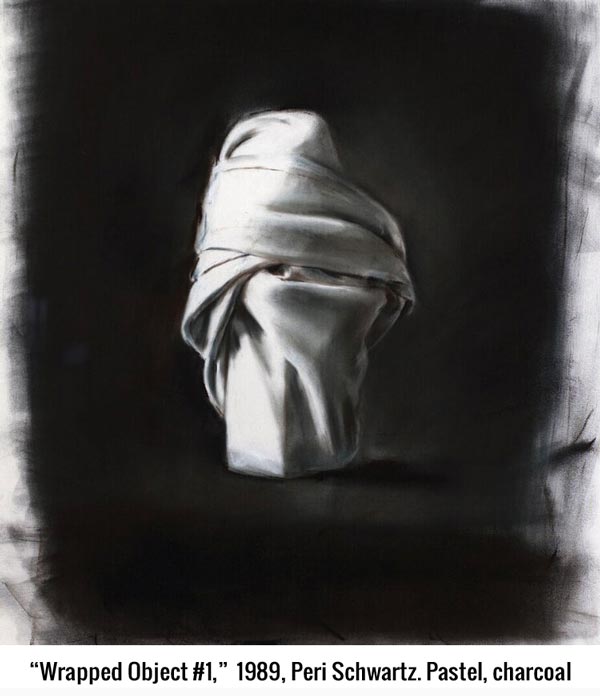
At this time, public visitors are not permitted in the Stedman Gallery, although Maguire is optimistic about being able to open the spaces for the fall semester. But, by using a virtual art gallery platform called exhibbit, Maguire was able to create an online version of “Waking Nightmare” (on view through April 21, 2021) that allows viewers to navigate the galleries, focus in on and read about the individual works, and be in charge of their own experience.
Curators are well accustomed to facing any number of challenges when organizing an art exhibition, but the difficulties of assembling a show during a pandemic were unique.
“It tests your flexibility,” Maguire said. But the program she used for the online exhibition made the task much less daunting.
“Because I have images for all the works, I could download the ones I wanted into a storeroom, and then pull up the gallery,” she said. And although the virtual way did not precisely replicate the traditional installation process, it ended up offering some unforeseen advantages.
Maguire said she enjoys the physical aspect of installing an exhibition, though she also appreciated how easy it was to make changes.
“If I wasn’t satisfied with the layout, I could simply click on the image to move a work from one spot to another,” she said. “I could even change the wall color.”
Maguire has fully embraced this technology and is certain that she will use it in the future, not only to create online experiences but to expand what she can offer.
“This will give us so much more flexibility,” she said. “Instead of having just the one gallery in which to present, we will have countless spaces.”
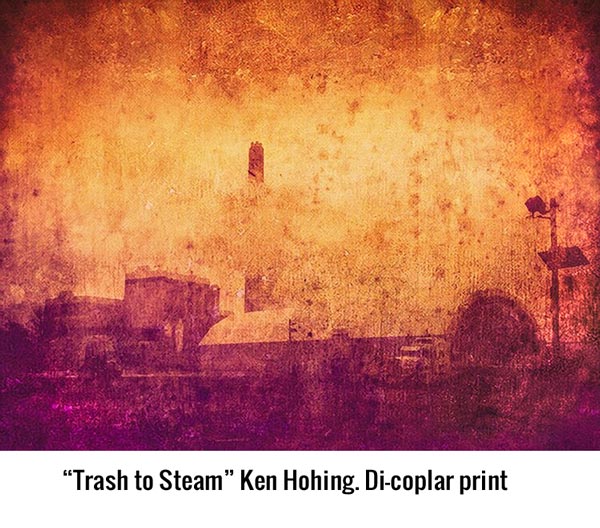
“I also expect that going forward, all exhibitions that are planned for Stedman Gallery will have an online component.”
This more expansive way of showing art will also allow more objects from the University Art Collection to emerge.
“The collection comprises about 500 pieces, most of which are works on paper,” Maguire said. And, aside from Maguire identifying places on campus where she can display a few of the works, most are rarely on view.
“The artists represented in the collection are local, regional, and national,” Maguire said, “and although the budget is small, these new online galleries will provide greater exposure for the artists and their works.”
“The really wonderful part is that when you put things online, anyone can see it,” she said. “We’re excited to be able to lasso some of that in.”
The virtual exhibition is on view until April 21, 2021.
About the author: Jersey Girl, music lover, and culture geek – Shen Shellenberger has made a career of her life-long love of the arts. From her jobs at WXPN-FM and the Philadelphia Museum of Art, to her 25 years as a freelance writer, she instills her Jersey-born roots in all she does. Whether it’s the beauty of a classic painting, the dynamics of contemporary dance, or the raw energy of rock ‘n’ roll, Shen brings her perspective to whatever she covers.
Content provided by
Discover Jersey Arts, a project of the ArtPride New Jersey Foundation and New Jersey State Council on the Arts.
FEATURED EVENTS
To narrow results by date range, categories,
or region of New Jersey
click here for our advanced search.






